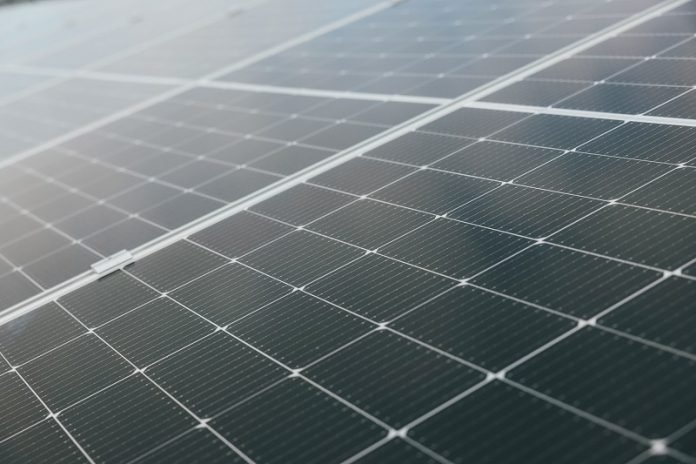
In an exciting development for renewable energy, researchers have made a huge leap in solar power technology.
They’ve created the world’s most efficient quantum dot (QD) solar cell.
This new type of solar cell is a big step towards making advanced solar panels that are not only more powerful but also more reliable over time.
Led by Professor Sung-Yeon Jang from UNIST’s School of Energy and Chemical Engineering, the research team has come up with a smart way to make these solar cells work better and last longer.
They’ve figured out how to make tiny particles called perovskite quantum dots (PQDs) more stable and efficient at turning sunlight into electricity.
Quantum dots are super small crystals that can absorb light and turn it into electrical power. The size of these dots is so tiny – we’re talking about particles so small that you could fit thousands of them across a single human hair.
Because they’re so small, they can be tuned to capture different parts of sunlight more efficiently than traditional solar materials.
What makes this research stand out is how they treated these PQDs. The team used a special method to replace some molecules on the surface of the PQDs with others that work better.
This technique, called ligand exchange, helps make the solar cells more efficient by reducing defects that can trap energy and stop it from being converted into electricity.
This new approach has led to a solar cell with an 18.1% efficiency rate, which is the highest ever for quantum dot solar cells. To put that in perspective, this is a big deal in the solar power world because it means we can get more electricity from the same amount of sunlight than ever before.
The research, which also involved Dr. Javid Aqoma Khoiruddin and Sang-Hak Lee, is getting a lot of attention and was even published in the prestigious journal Nature Energy.
The beauty of these quantum dot solar cells is not just their efficiency but also their durability. The team has shown that these solar cells can keep their high performance even after being stored for more than two years, which is a major achievement.
It means that these solar panels won’t just be powerful; they’ll also last a long time without losing their ability to generate electricity.
This breakthrough is especially important because it tackles some of the big challenges that have held back the use of PQDs in solar cells. Before this, making PQDs work well in solar cells was tough because of issues with stability and efficiency.
But now, thanks to this new technique, these problems are being solved, opening up new possibilities for high-quality, efficient solar panels that can be made in a variety of settings.
What’s really exciting is that this research paves the way for future innovations in solar technology. By improving how quantum dots are made and how they function in solar cells, we’re getting closer to a future where renewable energy is more efficient and accessible than ever.
In the end, this isn’t just about creating a new type of solar cell. It’s about moving towards a cleaner, more sustainable future where solar power plays a key role in our energy mix. With these super-efficient quantum dot solar cells, we’re one step closer to making that future a reality.



